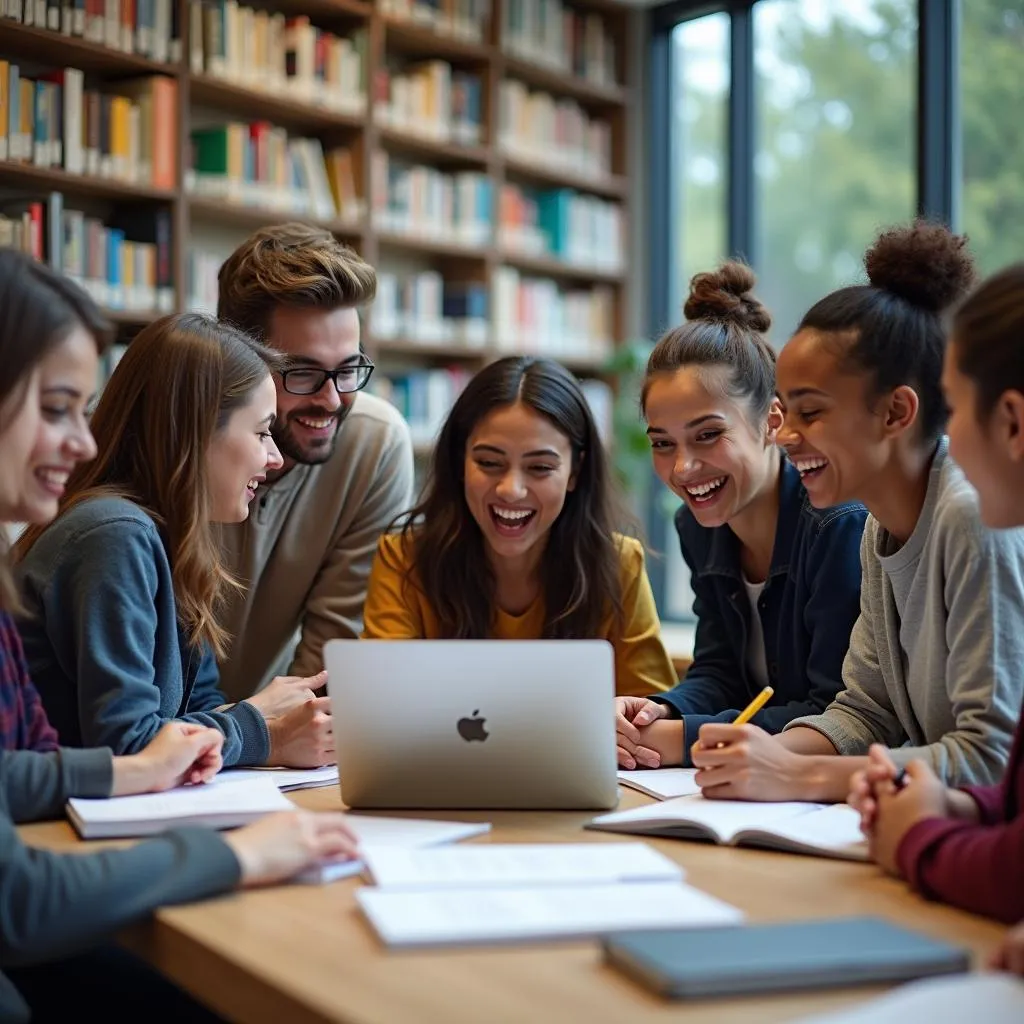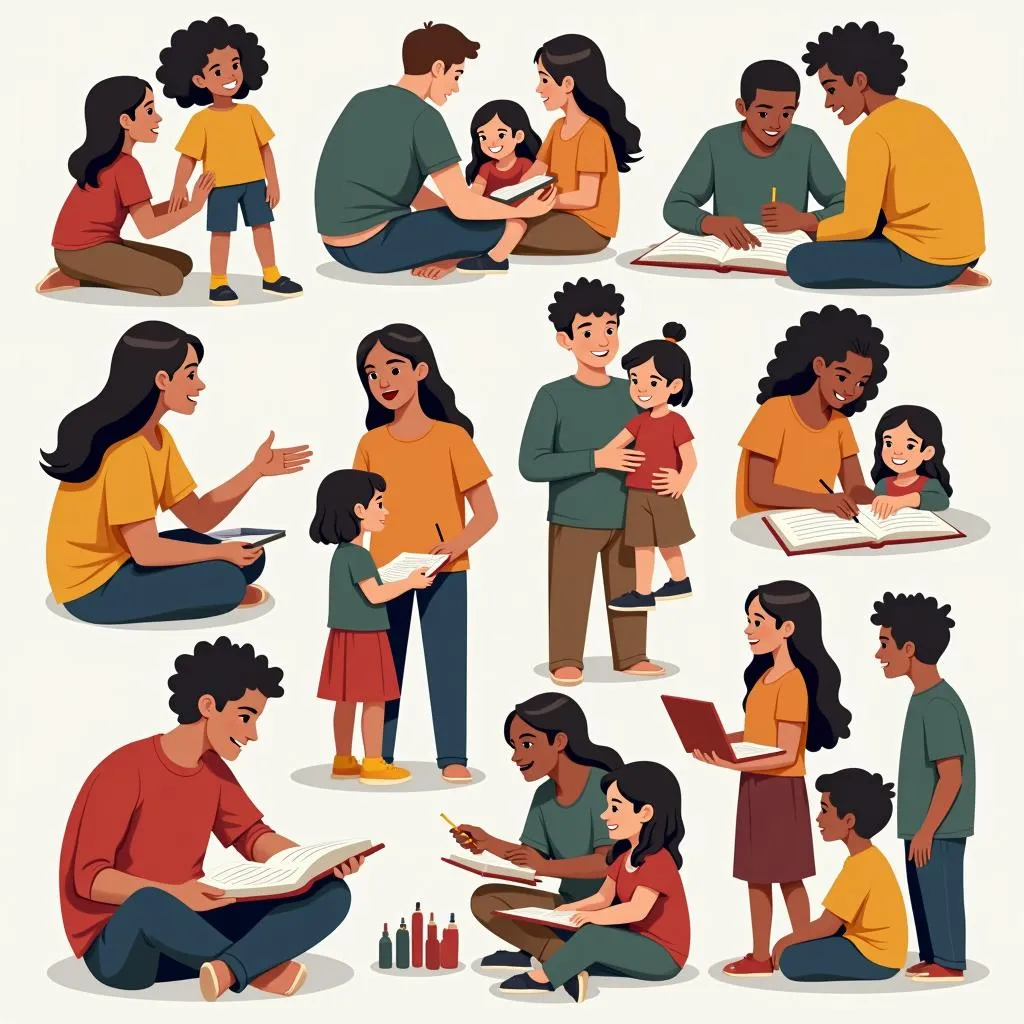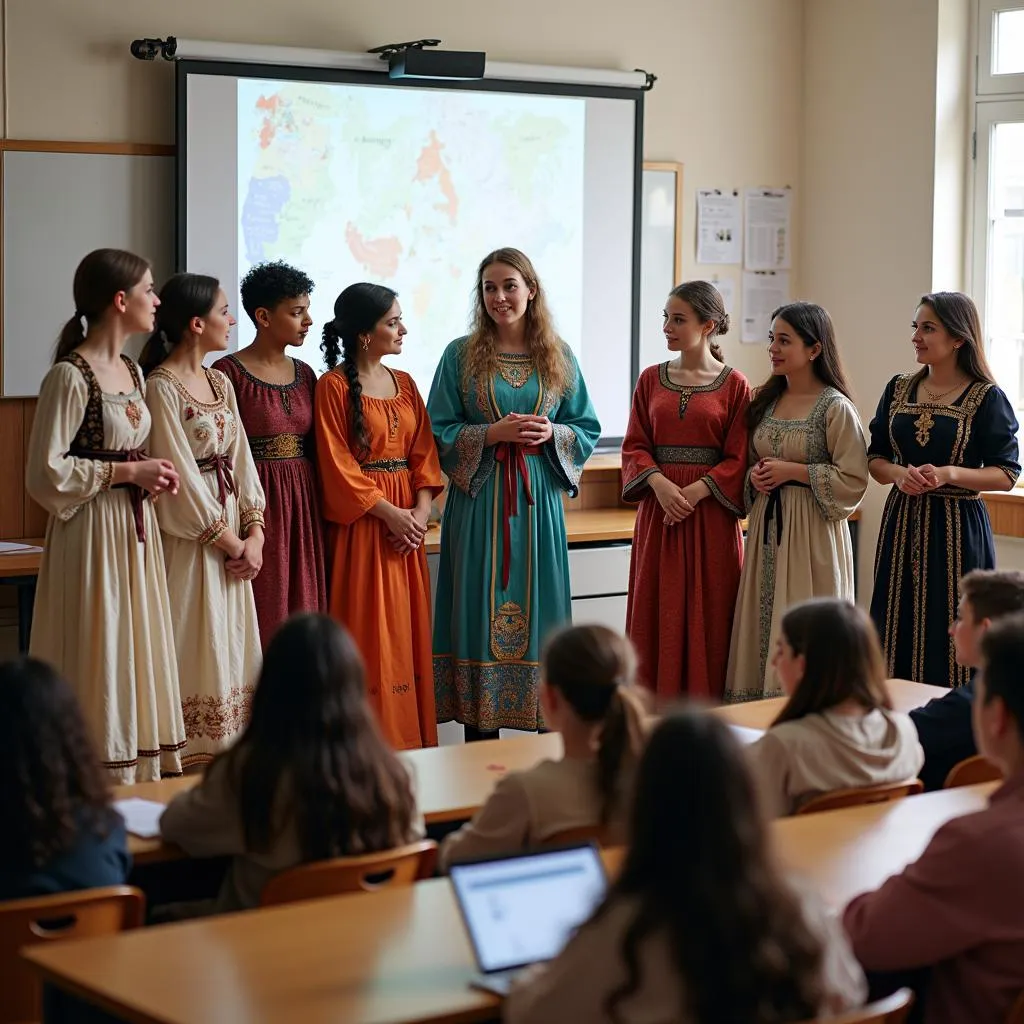The IELTS Reading test often features passages on diverse topics, including the role of social media in fostering cross-cultural connections. This article provides a sample IELTS Reading test focused on “The use of social media in promoting intercultural understanding,” complete with passages, questions, and answers to help you prepare effectively.
Nội dung bài viết
- Passage 1 (Easy Text)
- Social Media: Bridging Cultural Divides
- Questions 1-5
- Questions 6-10
- Passage 2 (Medium Text)
- The Impact of Social Media on Cross-Cultural Communication
- Questions 11-14
- Questions 15-19
- Passage 3 (Hard Text)
- The Nuanced Role of Social Media in Intercultural Understanding
- Questions 20-24
- Questions 25-30
- Answer Key
- Passage 1
- Passage 2
- Passage 3
How multiculturalism shapes educational policies is a related topic that often appears in IELTS Reading tests. Understanding these interconnected themes can enhance your performance in the exam.
Passage 1 (Easy Text)
Social Media: Bridging Cultural Divides
In the digital age, social media platforms have emerged as powerful tools for connecting people across the globe. These online networks have revolutionized the way we communicate, share information, and interact with individuals from diverse cultural backgrounds. As a result, social media has become an instrumental force in promoting intercultural understanding and fostering global citizenship.
One of the primary ways social media facilitates intercultural exchange is through its ability to transcend geographical boundaries. Users can easily connect with people from different countries, engaging in conversations and sharing experiences that would have been impossible just a few decades ago. This virtual proximity allows individuals to gain first-hand insights into other cultures, dispelling stereotypes and misconceptions that often arise from lack of direct contact.
Moreover, social media platforms provide a space for cultural expression and celebration. Users can share photos, videos, and stories that showcase their traditions, customs, and daily lives. This visual and narrative content offers a more nuanced and authentic representation of cultures than what is typically portrayed in traditional media. As a result, social media users develop a more comprehensive understanding of global diversity and cultural richness.
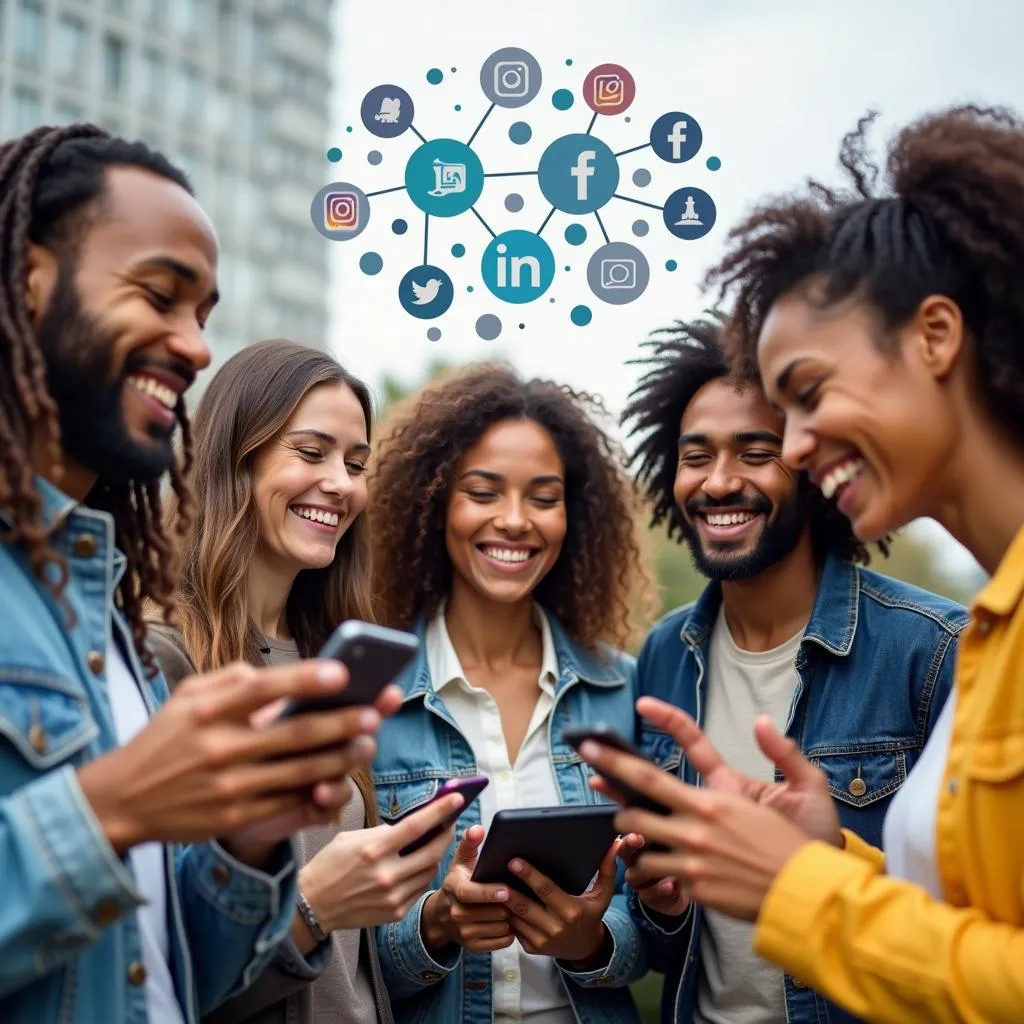 Social media connecting diverse cultures
Social media connecting diverse cultures
Questions 1-5
Do the following statements agree with the information given in the passage? Write
TRUE if the statement agrees with the information
FALSE if the statement contradicts the information
NOT GIVEN if there is no information on this
- Social media has changed the way people from different cultures communicate.
- Geographical boundaries no longer exist due to social media.
- Social media helps dispel cultural stereotypes.
- Traditional media provides a more authentic representation of cultures than social media.
- Social media users develop a better understanding of global diversity.
Questions 6-10
Complete the sentences below. Choose NO MORE THAN TWO WORDS from the passage for each answer.
- Social media has become an __ force in promoting intercultural understanding.
- Users can gain __ insights into other cultures through social media.
- The __ offered by social media allows for easy connection with people from different countries.
- Social media platforms provide a space for cultural __ and celebration.
- __ content on social media offers a nuanced representation of cultures.
Passage 2 (Medium Text)
The Impact of Social Media on Cross-Cultural Communication
The advent of social media has ushered in a new era of cross-cultural communication, profoundly impacting the way individuals from diverse backgrounds interact and understand one another. This digital revolution has not only bridged geographical gaps but has also created a virtual melting pot of ideas, beliefs, and perspectives. However, while social media undoubtedly facilitates intercultural exchange, its influence on promoting genuine intercultural understanding is complex and multifaceted.
One of the most significant advantages of social media in fostering cross-cultural communication is its ability to provide unfiltered access to diverse cultural experiences. Unlike traditional media, which often presents a curated view of different cultures, social media platforms allow individuals to share authentic, real-time glimpses into their daily lives. This raw representation enables users to develop a more nuanced understanding of cultural similarities and differences, potentially breaking down preconceived notions and stereotypes.
Moreover, social media has democratized the process of cultural exchange. In the past, intercultural interactions were often limited to those with the means to travel or study abroad. Now, anyone with an internet connection can engage in cross-cultural dialogue, share their own cultural experiences, and learn from others. This democratization has led to a more inclusive and diverse global conversation, giving voice to previously marginalized communities and perspectives.
However, the role of social media in promoting intercultural understanding is not without its challenges. The echo chamber effect, where users are exposed primarily to ideas and opinions that align with their own, can reinforce existing biases and limit exposure to diverse viewpoints. Additionally, the brevity and immediacy of social media communication can sometimes lead to misunderstandings or oversimplifications of complex cultural issues.
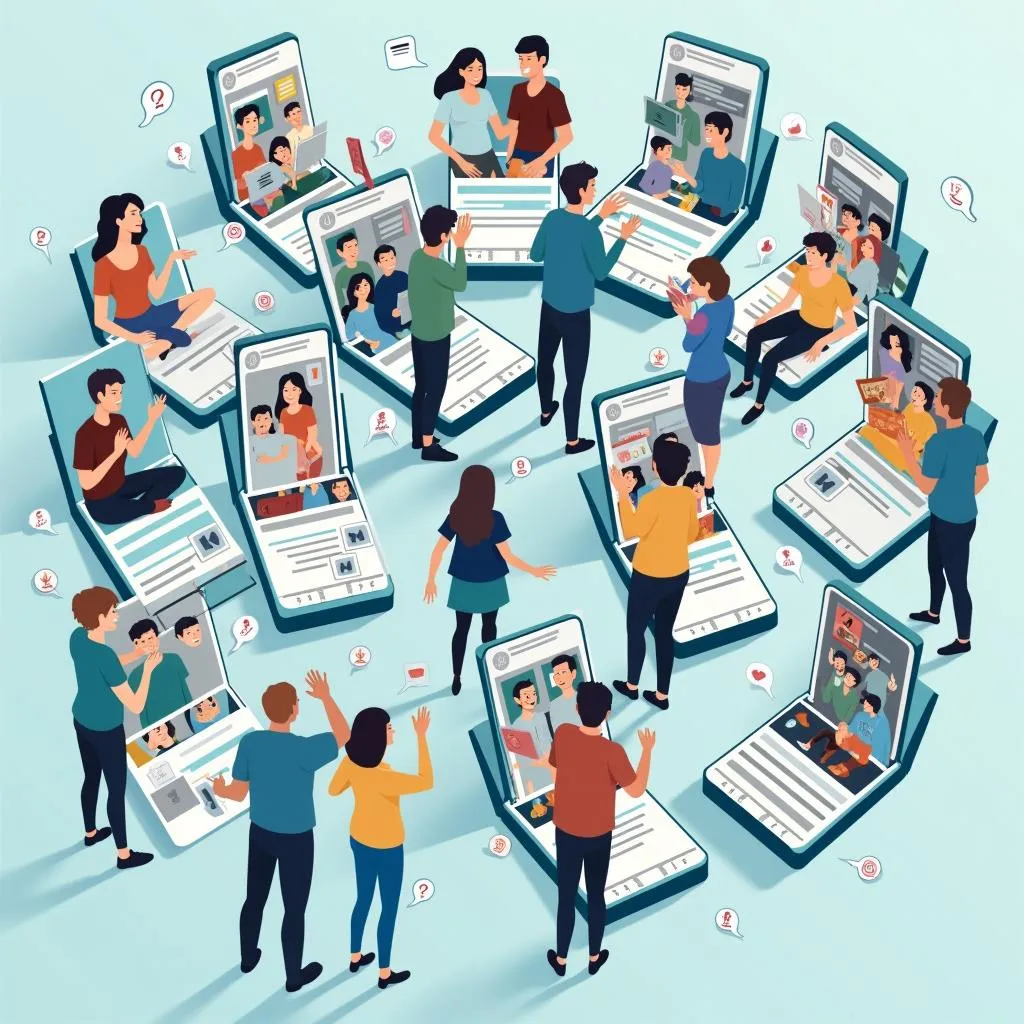 Challenges in social media cultural exchange
Challenges in social media cultural exchange
Despite these challenges, social media continues to play a crucial role in breaking down cultural barriers and fostering global understanding. As users become more aware of the platform’s limitations and potential pitfalls, they can engage more critically and thoughtfully in cross-cultural exchanges, leveraging social media’s strengths while mitigating its weaknesses.
Cultural influences on student motivation and engagement is another important aspect to consider when examining the broader impact of social media on intercultural understanding, particularly in educational contexts.
Questions 11-14
Choose the correct letter, A, B, C, or D.
-
According to the passage, social media has created:
A) A geographical gap
B) A virtual melting pot
C) A cultural divide
D) A digital revolution -
The author suggests that social media provides:
A) A curated view of different cultures
B) A filtered access to cultural experiences
C) An unfiltered access to diverse cultural experiences
D) A limited view of cultural similarities -
The democratization of cultural exchange through social media has resulted in:
A) Fewer intercultural interactions
B) A more inclusive global conversation
C) Increased travel opportunities
D) Limited cultural sharing -
The echo chamber effect in social media can:
A) Promote diverse viewpoints
B) Reinforce existing biases
C) Improve cultural understanding
D) Eliminate cultural stereotypes
Questions 15-19
Complete the summary below. Choose NO MORE THAN TWO WORDS from the passage for each answer.
Social media has transformed cross-cultural communication by providing (15) __ to diverse cultural experiences. Unlike traditional media, social media offers a (16) __ of different cultures, potentially breaking down stereotypes. The (17) __ of cultural exchange on social media has led to a more inclusive global conversation. However, challenges such as the (18) __ can limit exposure to diverse viewpoints. Despite these issues, social media remains crucial in fostering (19) __ and breaking down cultural barriers.
Passage 3 (Hard Text)
The Nuanced Role of Social Media in Intercultural Understanding
The proliferation of social media platforms has undeniably altered the landscape of intercultural communication, offering unprecedented opportunities for cross-cultural engagement while simultaneously presenting unique challenges. This digital revolution has not only compressed time and space but has also reconfigured the dynamics of cultural exchange, necessitating a critical examination of its impact on genuine intercultural understanding.
At its core, social media’s potential to foster intercultural understanding lies in its capacity to facilitate direct, unmediated interactions between individuals from diverse cultural backgrounds. This democratization of cultural exchange has effectively dismantled traditional gatekeepers of information, allowing for a more pluralistic representation of cultural narratives. The user-generated content that proliferates on these platforms offers authentic, grassroots perspectives on cultural practices, beliefs, and lived experiences, potentially mitigating the reductionist tendencies often associated with mainstream media portrayals of different cultures.
Moreover, the interactive nature of social media engenders a form of participatory culture that encourages active engagement with diverse cultural content. Users are not merely passive consumers of information but active participants in cross-cultural dialogues, capable of instantaneous feedback and real-time discussions. This dynamic interaction can foster a more nuanced understanding of cultural complexities and promote empathy through direct engagement with diverse perspectives.
However, the very attributes that make social media a powerful tool for intercultural understanding also present significant challenges. The algorithm-driven content curation employed by many platforms can create echo chambers or filter bubbles, where users are predominantly exposed to information that aligns with their existing beliefs and cultural perspectives. This algorithmic bias can inadvertently reinforce cultural stereotypes and hinder exposure to truly diverse viewpoints, potentially exacerbating cultural divides rather than bridging them.
Furthermore, the brevity and immediacy characteristic of social media communication can lead to the oversimplification of complex cultural issues. The constraints of character limits and the pressure for concise, attention-grabbing content may result in the reductionist representation of nuanced cultural concepts, potentially fostering misunderstandings or perpetuating stereotypes.
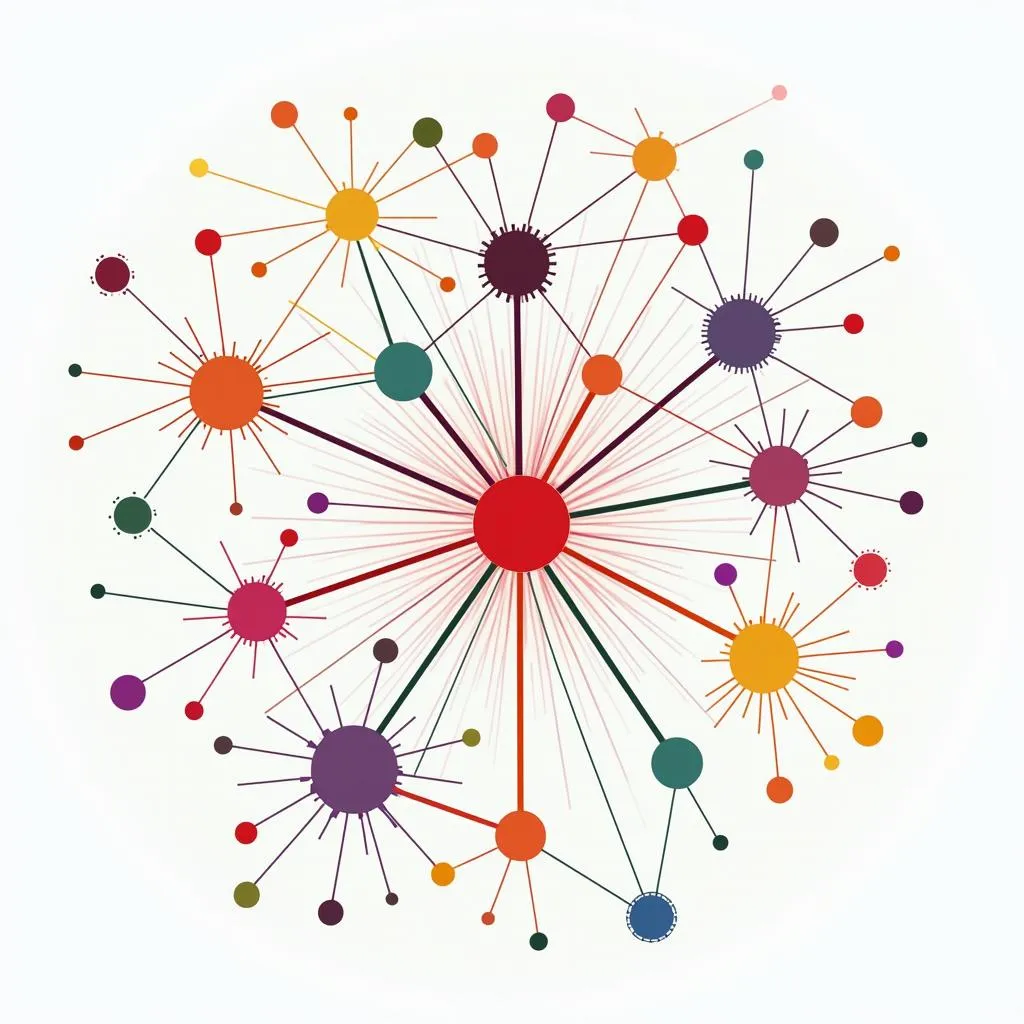 Complexity of social media in intercultural understanding
Complexity of social media in intercultural understanding
The anonymity afforded by some social media platforms can also be a double-edged sword. While it may embolden individuals to express themselves more freely, it can also lead to disinhibited behavior, including the propagation of hate speech or cultural insensitivity. This highlights the need for robust digital literacy education and the development of critical thinking skills to navigate the complex terrain of online intercultural interactions effectively.
Despite these challenges, the potential of social media to promote intercultural understanding remains significant. As users become more aware of the limitations and biases inherent in these platforms, there is an opportunity to engage more critically and intentionally in cross-cultural exchanges. By cultivating digital cultural intelligence and approaching online interactions with openness, empathy, and a willingness to challenge one’s own assumptions, social media can serve as a powerful catalyst for fostering genuine intercultural understanding in our increasingly interconnected world.
How educational policies address the needs of multicultural classrooms is an important consideration when examining the broader implications of social media’s role in promoting intercultural understanding, particularly in educational settings.
Questions 20-24
Choose the correct letter, A, B, C, or D.
-
According to the passage, social media has:
A) Eliminated all barriers to intercultural communication
B) Reconfigured the dynamics of cultural exchange
C) Replaced traditional forms of cultural interaction
D) Simplified the process of intercultural understanding -
The author suggests that user-generated content on social media:
A) Is always accurate and unbiased
B) Offers authentic, grassroots perspectives on cultures
C) Has replaced professional journalism
D) Reinforces cultural stereotypes -
The interactive nature of social media is described as:
A) Promoting passive consumption of information
B) Encouraging active engagement in cross-cultural dialogues
C) Limiting real-time discussions
D) Focusing solely on visual content -
Algorithm-driven content curation on social media platforms can:
A) Always provide diverse viewpoints
B) Eliminate cultural biases
C) Create echo chambers
D) Guarantee intercultural understanding -
The anonymity on social media platforms is portrayed as:
A) Universally beneficial for intercultural communication
B) A factor that only encourages positive interactions
C) A double-edged sword with both positive and negative effects
D) The primary cause of cultural misunderstandings online
Questions 25-30
Complete the summary below. Choose NO MORE THAN THREE WORDS from the passage for each answer.
Social media has transformed intercultural communication by offering opportunities for (25) __ between individuals from diverse backgrounds. The democratization of cultural exchange has (26) __ of information, allowing for more diverse cultural narratives. However, challenges such as (27) __ can reinforce existing beliefs and hinder exposure to diverse viewpoints. The (28) __ of social media communication may lead to oversimplification of complex cultural issues. To navigate these challenges, there is a need for robust (29) __ and the development of critical thinking skills. By cultivating (30) __, social media can serve as a catalyst for fostering genuine intercultural understanding.
Answer Key
Passage 1
- TRUE
- FALSE
- TRUE
- FALSE
- TRUE
- instrumental
- first-hand
- virtual proximity
- expression
- Visual and narrative
Passage 2
- B
- C
- B
- B
- unfiltered access
- raw representation
- democratization
- echo chamber effect
- global understanding
Passage 3
- B
- B
- B
- C
- C
- direct, unmediated interactions
- dismantled traditional gatekeepers
- algorithm-driven content curation
- brevity and immediacy
- digital literacy education
- digital cultural intelligence
Cultural representation in global education curricula and The role of schools in fostering cultural inclusion are additional topics that complement the themes discussed in this IELTS Reading practice test, providing a broader context for understanding the intersection of social media, education, and intercultural understanding.
